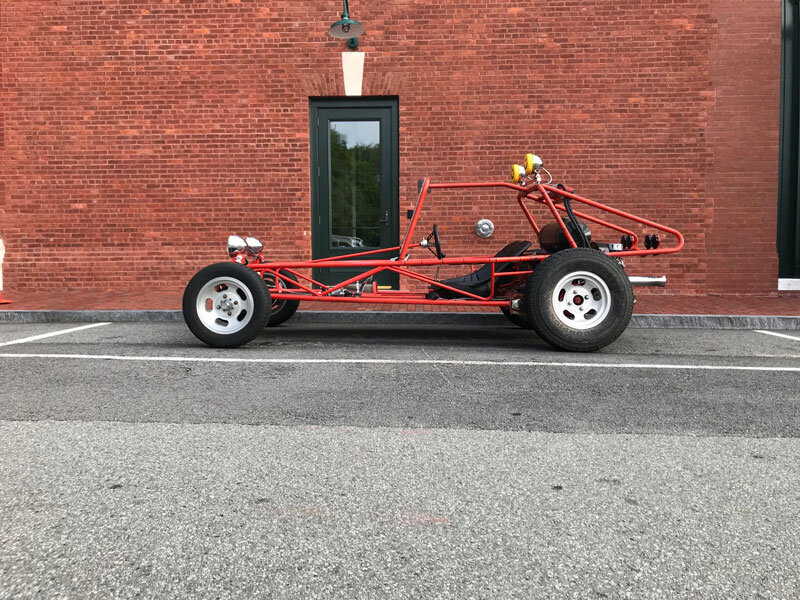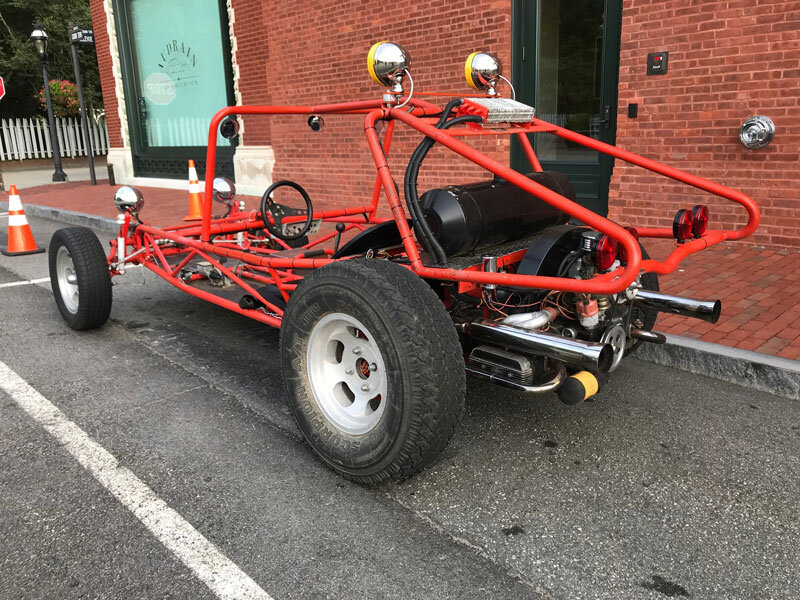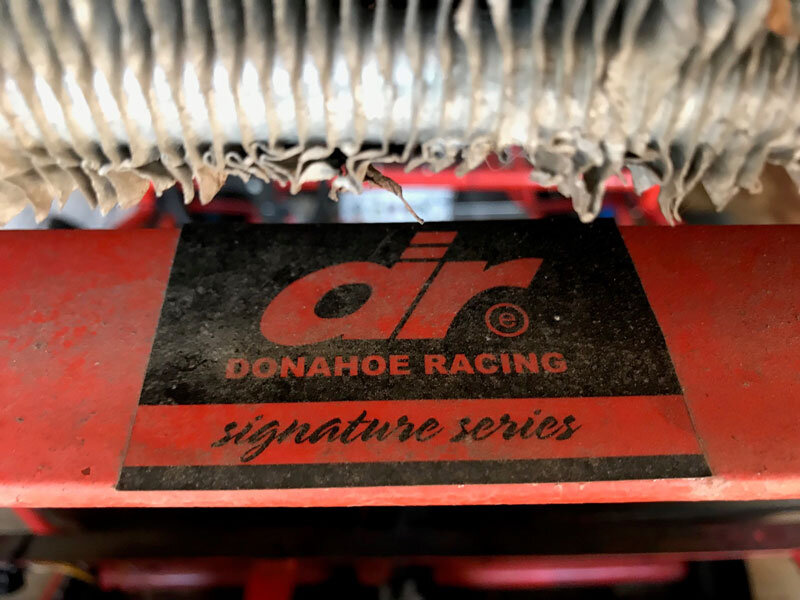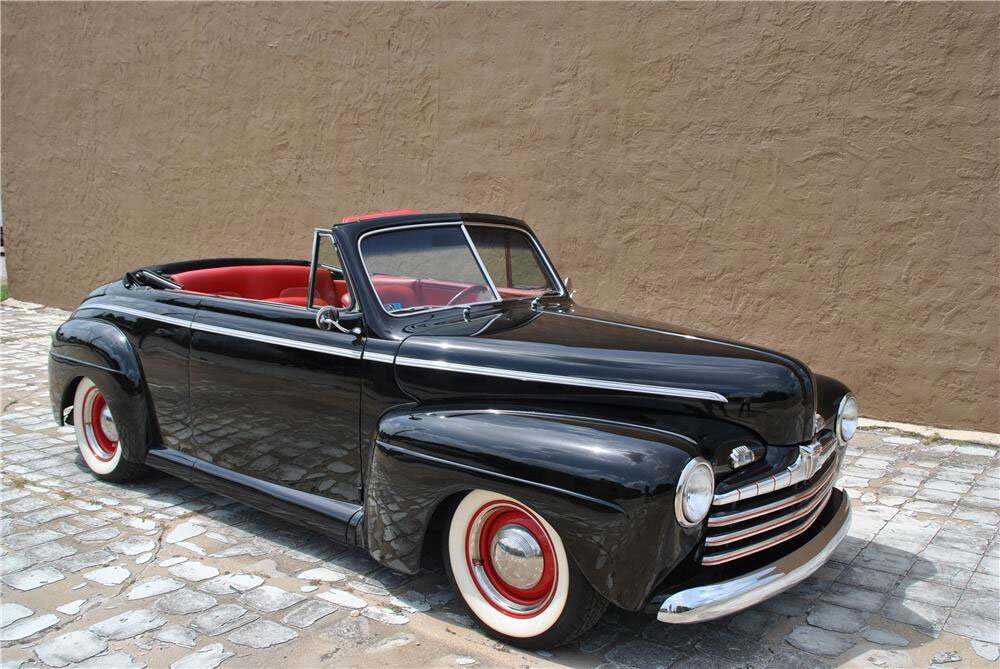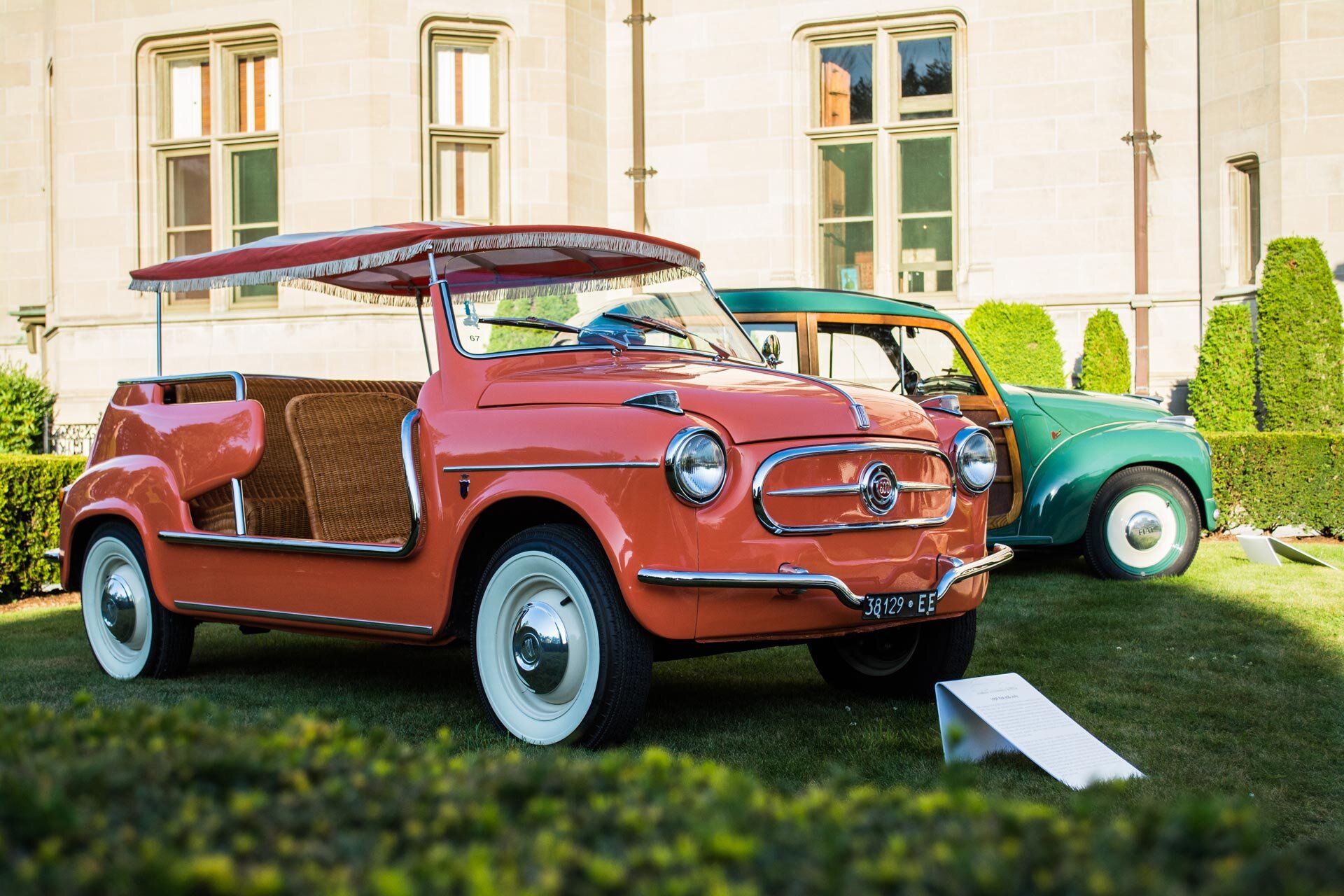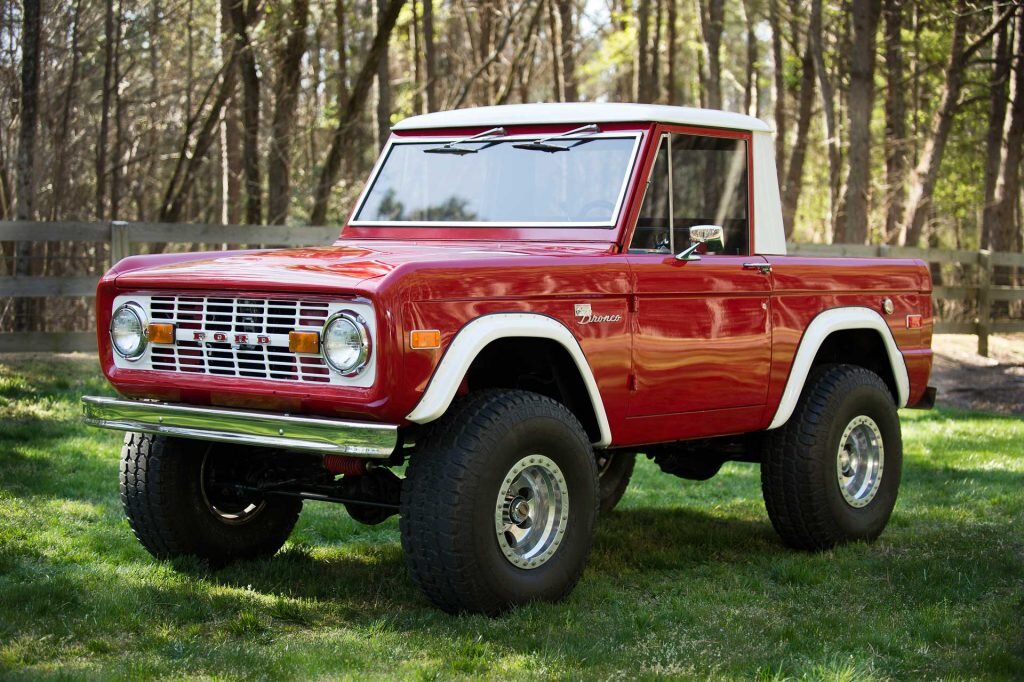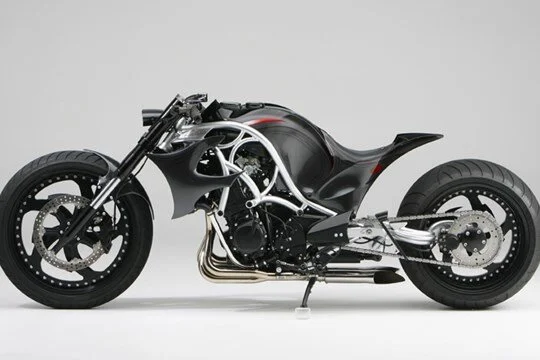1968 Volkswagen Rail Sand Buggy
Specifications
Built by: Volkswagen
Engine: rear-mounted engine
Dune buggies — also known as rail or beach buggies — are recreational motor vehicles with large wheels and wide tires, designed for use on sand dunes and beaches. They were typically designed to be a roofless vehicle with a rear-mounted engine. Dune buggies are typically created by modifying an existing road vehicle, while sandrails are built from scratch as a custom vehicle.
For dune buggies built on the chassis of an existing vehicle, the Volkswagen Beetle was commonly used as the basis for the buggy, and also thus provided the nickname “buggy.” The Beetle rear engine layout improved traction, the air-cooled engine avoided the complexities and failure points associated with a water-cooled engine, the front suspension was considered cheap and robust and the spare parts from Volkswagen were cheap and readily available. Sandrails, built to maneuver on open sand, were usually built as a spaceframe by welding steel tubes together. The name sandrail is due to the frame “rails” present. The most famous of all dune buggies—the Meyers Manx, was created by Bruce Meyers in the 1960s, with a modified Beetle floor pan, as well as its engine and suspension. Meyers created the iconic, lightweight fiberglass body which could fit bigger flotation tires for tackling shifting sand. The resulting vehicle became an instant off-roading classic.


